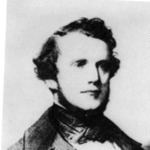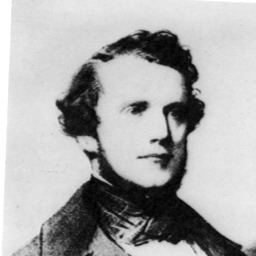Nationality France Role Physicist Alma mater Ecole Polytechnique Parents Francois-Victor Bravais | Known for Bravais lattices Education Ecole Polytechnique Name Auguste Bravais Fields Crystallography | |
 | ||
Died March 30, 1863, Le Chesnay, France Books On the Systems Formed by Points Regularly Distributed on a Plane Or in Space | ||
The fourteen lattices of auguste bravais
Auguste Bravais ([oɡyst bʁavɛ]; 23 August 1811, Annonay, Ardèche – 30 March 1863, Le Chesnay, France) was a French physicist known for his work in crystallography, the conception of Bravais lattices, and the formulation of Bravais law. Bravais also studied magnetism, the northern lights, meteorology, geobotany, phyllotaxis, astronomy, and hydrography.

He studied at the Collège Stanislas in Paris before joining the École Polytechnique in 1829, where he was a classmate of groundbreaking mathematician Evariste Galois, whom Bravais actually beat in a schools mathematics competition. Towards the end of his studies he became a naval officer, and sailed on the Finistere in 1832 as well as the Loiret afterwards. He took part in hydrographic work along the Algerian Coast. He participated in the Recherche expedition and helped the Lilloise in Spitzbergen and Lapland.
Bravais taught a course in applied mathematics for astronomy in the Faculty of Sciences in Lyon, starting in 1840. He succeeded Victor Le Chevalier in the Chair of Physics at the Ecole Polytechnique between 1845 and 1856, after which he was replaced by Henri Hureau de Sénarmont. He is best remembered for Bravais lattice; his 1848 discovery that there are 14 unique lattices in three-dimensional crystalline systems, correcting the previous scheme, with 15 lattices, conceived by Frankenheim three years before. Bravais published a memoir about crystallography in 1847. A co-founder of the Société météorologique de France, he joined the French Academy of Sciences in 1854. Bravais also worked on the theory of observational errors, a field in which he is especially known for his 1846 paper "Mathematical analysis on the probability of errors of a point".
The mountain Bravaisberget, in Svalbard, is named after Bravais.
